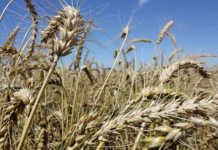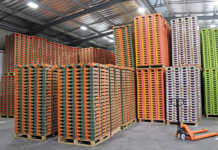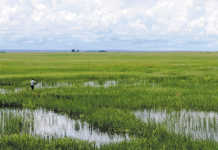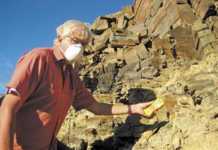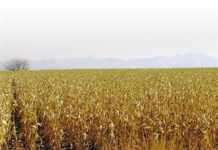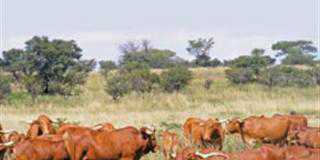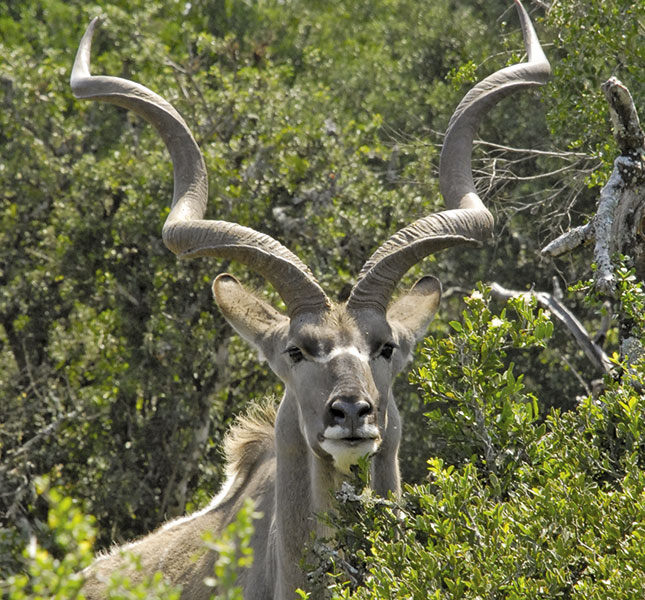
Photo: Courtesy of Janine Joubert
An interview on mega-ranches with Arthur Rudman
How did your business develop?
I started farming on Blaauwkrantz in 1963 and in 1970 enclosed 3 000ha for roughly 500 animals and five species, mainly to protect the dwindling kudu population during a severe drought. Today 43 000ha are game-fenced and home to 40 species and sub-species, totalling 10 000 head (one of SA’s Mega-Ranches).
READ:How to be a good stockman
Along with the wildlife, we run 10 000 Angora goats, 3 000 Boer goats and 2 000 Dorpers at an average stocking rate of 1,5ha/animal. No green feed is planted – the animals depend solely on the veld.
In line with our belief that the hunter will ultimately determine the market, we’ve integrated the livestock with game management strategies to allow the game to thrive sustainably in an extensive natural environment. Our clients prefer to hunt over a vast area, so we focus on free-roaming game. The larger the ranch, the more species are available to hunt, and the more sought-after it is by the international hunter.
Here, game such as kudu can move unhindered for over 50km. A spin-off of this system is that there’s no internal parasite problem or need for antibiotics. Tick control is done by dipping all the smallstock every 10 to 20 days on a rotational grazing system.
To sidestep the heartwater problem in susceptible game, we bought a property 45km north to accommodate four colour springbok variants, mountain reedbuck and gemsbok – all popular hunts. Blaauwkrantz employs 75 staff members, some of whom are fifth-generation employees. A 1 455ha farm, Blaauwkrantz Share Equity, was purchased for them in 2005.
What is your view on game translocation legislation?
We’re not worried about species being indigenous or exotic. Were it not for the 1897 rinderpest, the Eastern Cape would have had just about all of South Africa’s indigenous species, anyway. What’s important, though, is that whatever game there is must be managed correctly. It’s the human input that counts.
We’re busy with breeding projects for bontebok, black and white springbok, and white blesbok, while plans are in the pipeline for sable, buffalo, and black impala projects. But I refuse to introduce kudu from outside, as I want to keep the East Cape Kudu (South) separate from the genes of the Southern Great Kudu (North) as described by Safari Club International (SCI). The same applies to Cape grysbok, bushbuck, and brown bush duiker.
What is your marketing strategy?
Blaauwkrantz Safaris hosts an average of 95 international hunting clients and 40 to 50 non- hunting clients per annum, with an average of 650 trophies taken per year. For financial reasons, we prefer not to host local rand-paying biltong hunters.
Relatively new on the marketing list at Blaauwkrantz are bushpig hunts, the development of blinds and bait sites for bow hunters, and the expansion of the hunting season into late summer.
All in all, marketing is the farm’s main expense – at R1,3 million year. We attend international hunting conventions and host meetings overseas with potential clients at the homes of hunters who have visited us. We advertise in major US hunting and outdoor magazines.
The region’s comfortable climate and lack of diseases such as yellow fever and malaria also helps to sell hunts. Foreigners don’t need vaccinations, making their safari less stressful.
Our website is the cheapest form of marketing (for Mega-Ranches), with 80 hits a day. Posting daily hunting activity updates on Blaauwkrantz’s website during hunting season keeps the site interesting. But word-of-mouth is our best marketing tool when a client has had a successful, enjoyable hunt and holiday experience.
What do clients look for at Mega-Ranches?
Good service, honesty and integrity in those they come into contact with; an abundance of game; an ethical hunting experience; knowledgeable and efficient guides and trackers; excellent taxidermy work, with care taken of trophies; comfortable accommodation; and friendly and trustworthy staff.
Clients also like to socialise with the outfitter and professional hunters, so evenings at the lodge are used to unite the Rudman family and dine with the visitors. Every day is a full day of marketing while clients are on safari with us.
We have two beachfront condos in Port Elizabeth, and a holiday house on the banks of the Sundays River near the entrance to the Addo Elephant Park, which clients can use before or after the safari. To round-off the package, we offer a range of Blaauwkrantz-logo clothing, animal skins and mohair rugs.
Do you have a predator problem?
We have an effective predator management programme to protect species through the use of night shooting and gin traps, but no poison. We have incentive/ bonus schemes for staff in this regard. The springbok colour variants are protected by a solar-powered electrical system.
How do you see the future for Mega-Ranches?
It’s important that all game-related activities in South Africa be incorporated into and affiliated under one roof to unify the game industry. Ranchers need to speak from one base, while representing the whole wildlife industry at various levels from a position of strength.
Instead of concentrating on restricting the movement of indigenous African game, the Department of Environmental Affairs should be promoting hunting and tourism internationally, thus helping to expand the industry and associated job creation.
The department can learn from New Zealand, which sells the most venison internationally, even though it has no indigenous game. In South Africa, venison is still underrated as a source of income and food security. There’s a growing demand for it due to health reasons and because it’s a cheaper alternative to beef and lamb. This should be exploited.
Blaauwkrantz, for example, sells 50t of venison per annum, 60% of which goes to wholesale distributors, while 40% is processed on-site. We produce biltong, dry sausage, mince, goulash, braai sausage, pies, sirloin and tenderloin fillets under the Blaauwkrantz Game brand. The processed venison is sold directly to the public from an on-site butchery, as well as from our Winskoop Wildsvleis road stall.
We have two cold rooms and a 16m² freezer, which have helped us to become a price maker, because we can sell after the hunting season when the supply of venison drops and the price goes up. Fitting in with the meat sales, we cull undesirable genes, focusing on body size and horn formation and length.
Culling is done mostly at night or late afternoon over orange baits where selective shooting can be done. Accurate records are kept to assist us with future strategic culling.
What is your business philosophy?
Beating inflation is probably at the top. We did this by purchasing farms at various intervals and stocking them with carefully selected game. But, as an American hunter once said, “While in business, always be a little afraid”. By taking good advice, planning, being patient, adapting and improving, we’ve been in a position to make the right moves at the right time.
Generally, a disciplined broad- based approach is important in the face of uncertain climatic conditions and markets. For example, after the hunting season and having attended shows, an assessment is made of animals required for the next two hunting seasons.
Thereafter, family discussions are held on which animals to buy and sell. Social responsibility and participation in community affairs is important too.
To find out more about Mega-ranches email Arthur Rudman at [email protected].
This article was originally published in the 15 April 2016 issue of Farmer’s Weekly.

